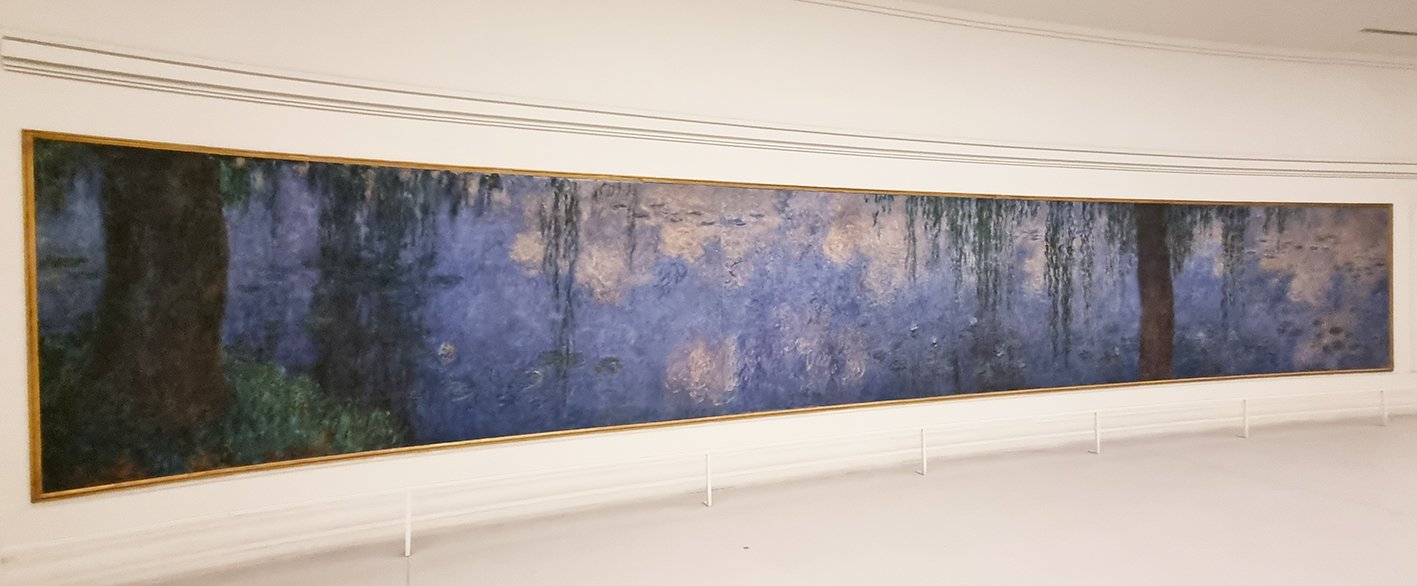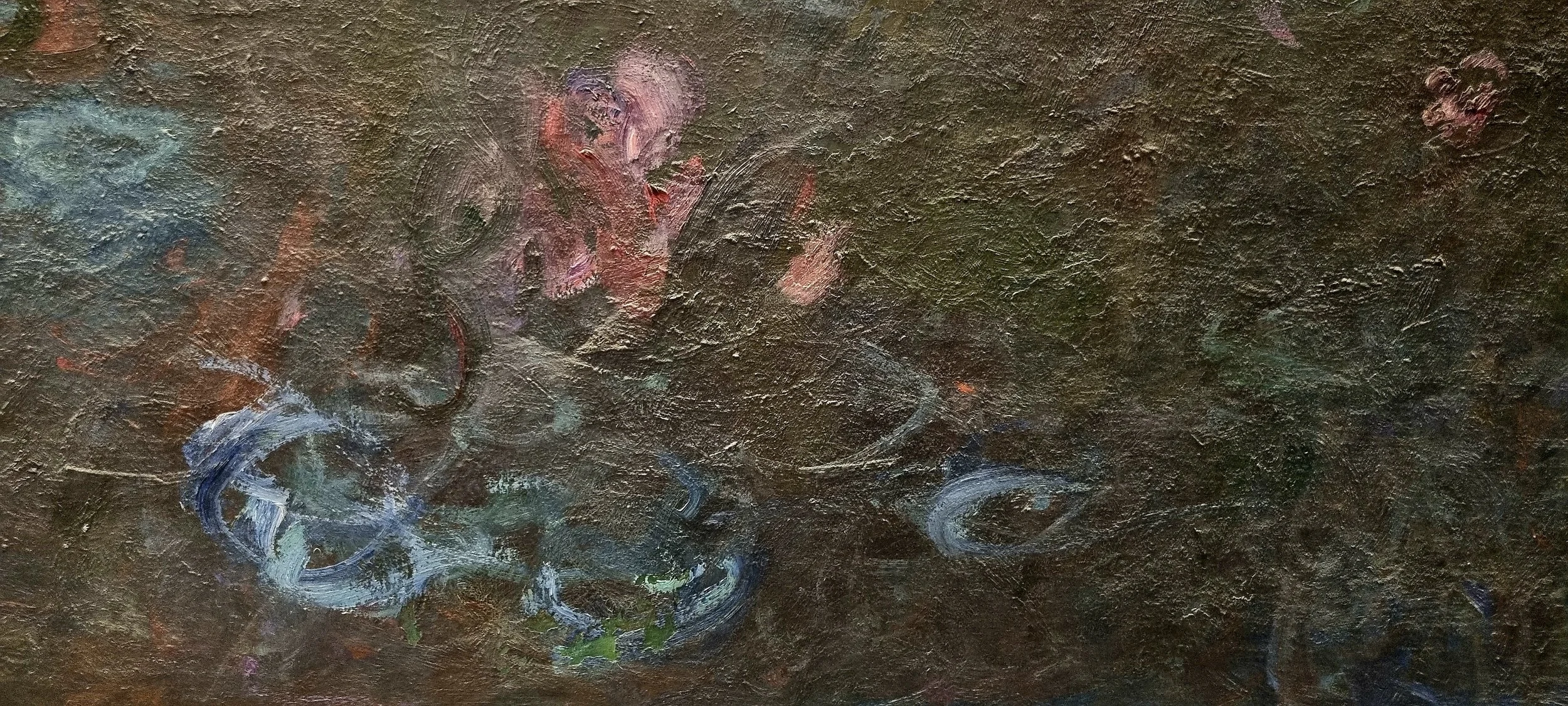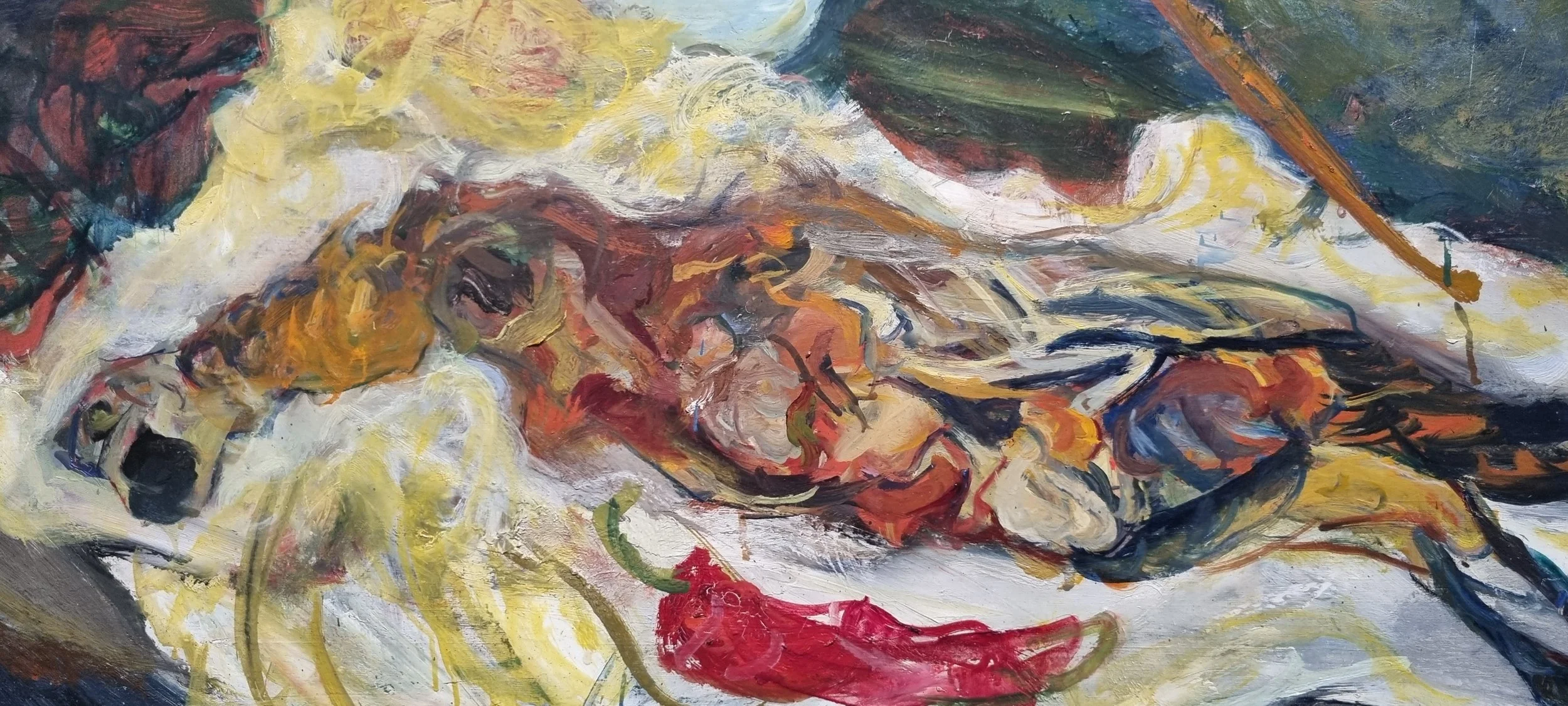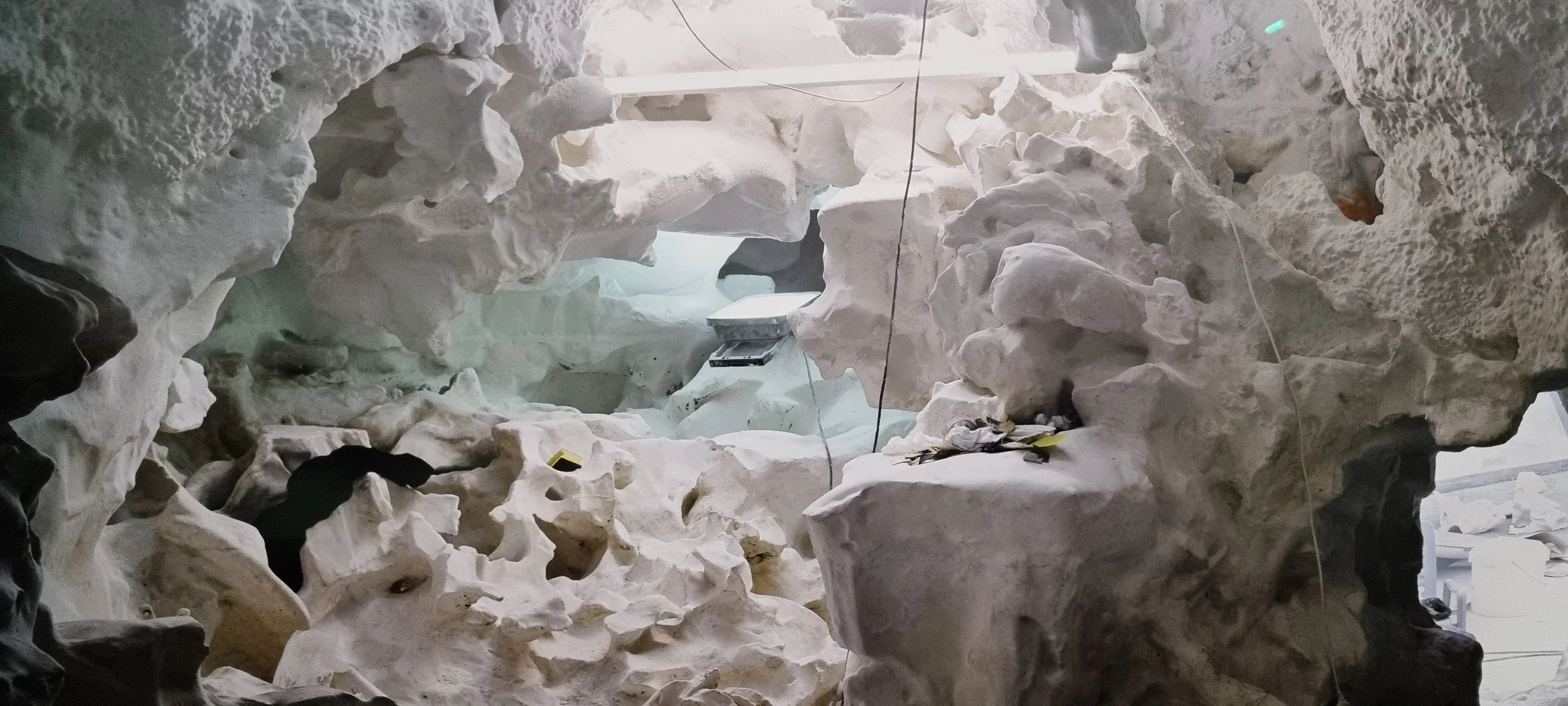Parisian Inspirations
Clear Morning with Willows, 1914-26, Claude Monet
At The Musee de l’orangerie, Monet’s waterlily installations imparts ghostly, dry veils of colour that bubble quietly away.
In places loose brushed daubs of colour swirl and dance on the surface of the mist to hint at some depth on these flattened and reflected strips of landscape. A demonstration that Monet was so much more then the archetypal impressionist landscape painter.
These are abstract expressionist experiences being communicated, spiritual and wistful, long before 1950's America. Studying the loose and confidant brushstrokes helps you understand the process, his failing eyesight notwithstanding. You sense the freedom of working on such a scale, a life size scale that allows the painter to be sculpting the flowers with the brief painterly strokes as if he were physically planting and arranging them.
There as some wonderful other Impressionist and early modern pieces that reside in the sunken galleries including Sisley, Cezanne & Soutines that are always a joy to see again. Again, it’s the power of the brushstrokes and the exquisitely mixed colour that interest us, whether to create shimmering movement of light and water in the case of the more impressionistic paintings or to convey a more internal dynamism in the expressionist pieces.
Alfred Sisley
In the grounds of Chateau Noir,
1898-1900,
Paul Cezanne
Still life with pheasant, 1924, Chaim Soutine
This was followed up by a visit to the Pompidou that continues the chronology into the modern period. You understand what the early modernists were trying to achieve given the rapid technological and philosophical changes and for sure there are many numerous masterpieces from Picasso and Matisse amongst many others. However it was some of the post war work that really connected with some excellent work by Anselm Kiefer, Gerhard Richter, Sophie Calle and Francis Bacon.
The Centre Pompidou
‘The post war artworks on level 5 really rocked our boat, sometimes physically as in Anselm Kiefer's lead submarines.’ The colour palette of nature and eroded materials give a physical edge.
What an artist Kiefer is (more on this in coming blogs). Like Monet, he uses painting as part installation engendering an interactive experience that becomes physical as you move around the work. The use of materials and processes and haunting Kiefer palette have visceral effects. More than an artist, Kiefer plays upon the Beuysian idea of artist as shaman, a creator of worlds.
For Velimir Chlebnikov: Fates of the Nations, 2013-2018, Anselm Kiefer
Other highlights include the photography of Bas Princen which use a similar colour scheme to Kiefer and therefore was a fascinating counterpoint.
Photography by Bas Princen of the Swiss installation by Christian Kerry at the Venice Architectural Biennale, 2016.
These enclosed icy grottos similarly recall the wonder of magical places sometimes chanced upon, perhaps even places of worship, safe, yet our knowledge of global warming seemingly eats and melts while we look at the piece. These photographic pieces seem to convey extremes of warmth and cold, security and danger, spirituality and emptiness all at the same time.
The bookshop was a big hit with us too. So many other inspiring galleries to offer beyond these of course, some relatively new to the scene means Paris is once again a great place to see established masters 100 years after its heyday.













